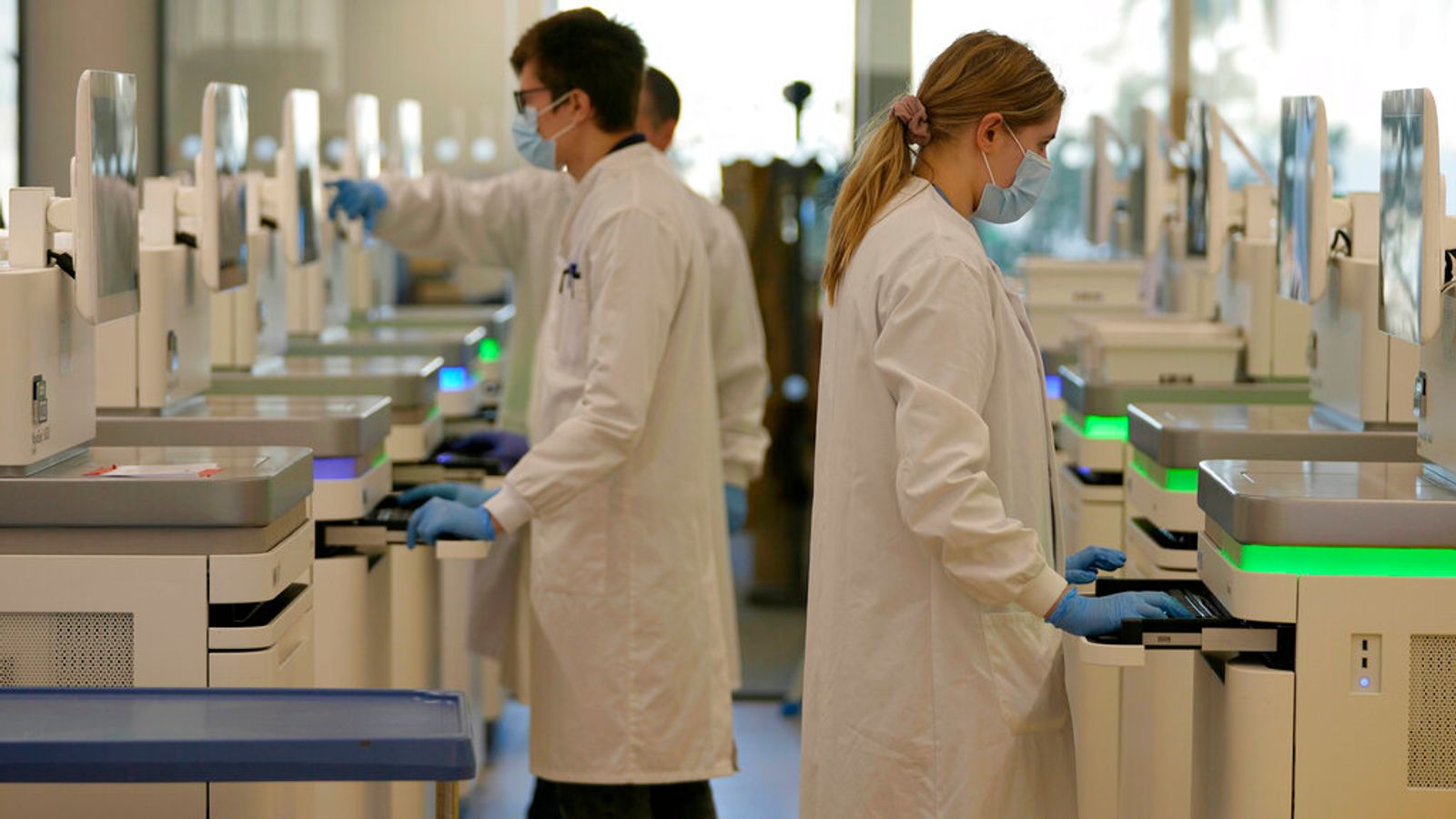Scientists have unveiled the first draft of a genetic blueprint that more accurately reflects diversity in the human population.
They say the major advance could open up a new era of genetic-based tests and treatments to everybody, regardless of their ethnic origin.
The current “official” DNA code of the human species, which was published as the Human Genome Project in 2001, has since been used as the reference against which all other genetic sequences have been compared.
But the genome was largely based on an anonymous American man of white European descent, creating a bias that’s likely to exclude people with other ancestries from genetic advances.
Now, in a major scientific undertaking, a consortium of scientists has produced a more representative genetic manual, called a “pan-genome”, that was based on samples taken from 47 diverse individuals.
“This is big science at its best,” said Dr Karen Miga at the University of California, Santa Cruz.
‘Amazing’ variation seen for the first time
“The original Human Genome Project was a landmark achievement,” Dr Miga added.
“It was profound in how it transformed scientific discovery and launched a powerful era in genetic medicine.
“But we now understand that having just one map of a single human genome cannot adequately represent all of humanity.”
Around 99.9% of the three billion letters in our genetic code are common to all humans, binding us together as a species.
But 0.1% contains variations that reflect our individual ancestry.
Analysis of the 47 samples by scientists in the Human Pangenome Reference Consortium found 119 million new variations in the genetic code and 1,115 repeated sections of DNA that contain genes.
The findings were published in the journal Nature.
Professor Evan Eichler, of the University of Washington, said: “We are finding more variation than we anticipated.
“There were hints of this before, but we did not have the right ‘microscope’ to see this.
“Now we can see this variation for the first time – and it is amazing.”
Read more:
UK’s first ‘three-parent baby’ born after IVF procedure
Neanderthal DNA may have shaped the human nose
DNA from newspaper letter helps solve 34-year-old murder
Please use Chrome browser for a more accessible video player
Translating the language of our genes
The Consortium aims to decode samples from 350 individuals by the end of 2024, with a particular emphasis on people of African heritage to reflect our common origin as a species on the continent.
Modern humans only began to migrate and disperse around the world around 60,000-90,000 years ago.
The genetic variations being discovered in the pan-genome are complex.
But they are in effect like slightly different translations of a book that’s been written in another language.
Without knowing the translation it’s impossible to understand the text.
Now that there is a more diverse read-out of the human genome it should extend the benefits of precision medicine that is based on an individual’s genetic make-up.
Please use Chrome browser for a more accessible video player
Be the first to get Breaking News
Install the Sky News app for free
One example given by the Consortium is variations in the gene for Lipoprotein A, a fatty molecule in the blood.
It is responsible for the biggest genetic risk associated with coronary heart disease in African Americans.
But those variations are only visible as a result of the pan-genome analysis.
New light on genetic causes of autism
Prof Eichler said new light could also be cast on the genetic causes of autism.
“We can’t explain why 70% of the kids who come into the clinic have autism,” he said.
“If I can explain to parents why their children have autism, and hopefully from that come better treatments, then that is the holy grail for all of this.
“It’s not just discovering these dynamic regions (with lots of genetic variation) but making a difference to individuals’ lives.”










